Disc golf is an exhilarating sport that combines the precision of golf with the excitement of frisbee. As a disc golfer, understanding the different types of throws is essential for honing your skills and improving your game. In this article, I will guide you through the various disc golf throw techniques and styles, giving you the knowledge to excel on the course.
From the powerful backhand to the finesse of putting, each type of throw has its own mechanics and applications. By mastering these throws, you can adapt to different course conditions and overcome obstacles with ease. So, let’s dive into the world of disc golf throws and unlock your potential as a player.
Key Takeaways:
- Understanding the different types of disc golf throws is crucial for success on the course.
- Mastering the mechanics and techniques of each throw will enhance your performance.
- Different throws have unique applications depending on course conditions and obstacles.
- Improving your distance, accuracy, and control in each throw will elevate your game.
- With practice and dedication, you can become a skilled disc golfer capable of adapting to any situation.
Digging into the Basics of Disc Golf Throws
In this section, we will provide a comprehensive overview of the different types of disc golf throws, giving you a solid foundation to improve your disc golf game. Whether you’re a beginner or an experienced player looking to refine your technique, understanding the mechanics, techniques, and applications of each throw is key to success on the course.
Understanding the Backhand: The Go-To for Versatility
The backhand throw is one of the most fundamental and versatile techniques in disc golf. It involves gripping the disc with your dominant hand and throwing it with a twisting motion, generating power and spin. The backhand throw allows for greater distance and control, making it essential in a variety of situations. We will break down the proper grip, body positioning, and mechanics of the backhand throw, as well as provide tips for improving your accuracy and distance.
The Mechanics of the Forehand Throw
The forehand throw, also known as the sidearm or flick, is another important technique in a disc golfer’s arsenal. Unlike the backhand throw, the forehand throw utilizes a different grip and motion, resulting in a unique flight path and release. We will explore the grip variations, body mechanics, and release techniques involved in the forehand throw, helping you develop a consistent and powerful shot.
Overhead Shots: Thumbers and Tomahawks Explained
Overhead shots like thumbers and tomahawks can be valuable additions to your disc golf repertoire, especially in situations where obstacles hinder a conventional throw. Thumbers involve gripping the disc with your thumb on top and throwing it over your shoulder, while tomahawks require an over-the-shoulder motion similar to a hammer throw. We will discuss when to use these specialty shots, their mechanics, and how to execute them effectively.
Scoober and Turbo: Specialty Shots for Specific Scenarios
In certain scenarios, disc golfers may need to rely on specialty shots like the scoober and turbo throws. The scoober is an overhead shot that involves gripping the disc with your fingers on the rim and throwing it with an upward trajectory. The turbo throw, on the other hand, requires gripping the disc with your thumb on top and fingers on the bottom, resulting in a unique spinning release. We will explain how and when to use these specialty shots, as well as provide guidance on technique and execution.
The Precision of Putting: Finishing with Finesse
Putting is a critical aspect of disc golf that can make or break your score. Though often overlooked, developing good putting skills is essential for success on the course. We will delve into the different putting techniques, including grip variations, stance, and release mechanics. Additionally, we will offer tips on how to improve your accuracy and consistency when it comes to sinking those crucial putts.
Now that we’ve explored the basics of disc golf throws, including the backhand, forehand, overhead shots, specialty throws, and putting, you have a solid understanding of the various techniques used in the game. In the next section, we will delve into the specific techniques and strategies for each type of throw, helping you fine-tune your skills and adapt to different course conditions.
Techniques and Strategies for Different Disc Golf Types of Throws
In this section, I will delve into the specific techniques and strategies for different disc golf types of throws. Whether you’re a beginner looking to improve your game or an experienced player wanting to fine-tune your skills, understanding the nuances of each throw is essential.
When it comes to disc golf, distance, accuracy, and control are key factors that can make or break your game. To help you excel in each type of throw, I will provide insights into the best disc golf throws for various situations. By adapting your throws based on course conditions and obstacles, you can gain a competitive edge.
Let’s begin by exploring the different disc golf shot types and their recommended throwing techniques:
- Backhand Throw: The backhand throw is the go-to throw for many disc golfers due to its versatility. To execute a backhand throw, grip the disc firmly with your dominant hand and pull it across your body, releasing it with a smooth and controlled motion. This throw offers great accuracy and can generate impressive distance when executed correctly.
- Forehand Throw: The forehand throw, also known as a sidearm or flick, is another popular throwing technique. In this throw, the disc is released with a flicking motion using your wrist and fingers. The forehand throw is known for its ability to navigate tricky obstacles, making it a valuable technique for tight fairways or when you need a reliable hyzer or skip shot.
- Overhand Shots: Thumbers and tomahawks are two types of overhand shots that can be useful in certain situations. Thumbers are executed by gripping the disc with your thumb on top and throwing it vertically, which creates a stable flight path. Tomahawks, on the other hand, involve gripping the disc with your thumb on the underside and throwing it with an over-the-top motion. These shots are ideal for clearing obstacles or executing precise shot placements.
- Scoober and Turbo: Scoobers and turbos are specialty shots that come in handy when faced with unique scenarios on the course. The scoober is an over-the-shoulder throw that creates a high release angle, useful for getting over tall obstacles. Meanwhile, the turbo is an upside-down throw that can be effective in windy conditions or when you need a quick and accurate shot.
- Precision Putting: Putting is a critical aspect of disc golf, and mastering the art of the putt requires focus and practice. When it comes to putting, it’s essential to have a consistent throwing motion and a reliable grip. Adopting a firm but smooth release can help improve accuracy and increase your chances of sinking those crucial putts.
As you continue to refine your disc golf game, remember that practice and experimentation are key. Explore different disc golf throwing techniques, find what works best for you, and adapt your throws based on the unique challenges presented by each course. By honing your skills and employing the right disc golf shot types, you can elevate your game and maximize your chances of success on the course.
To gain a visual understanding of the various disc golf throws discussed in this section, refer to the image below:
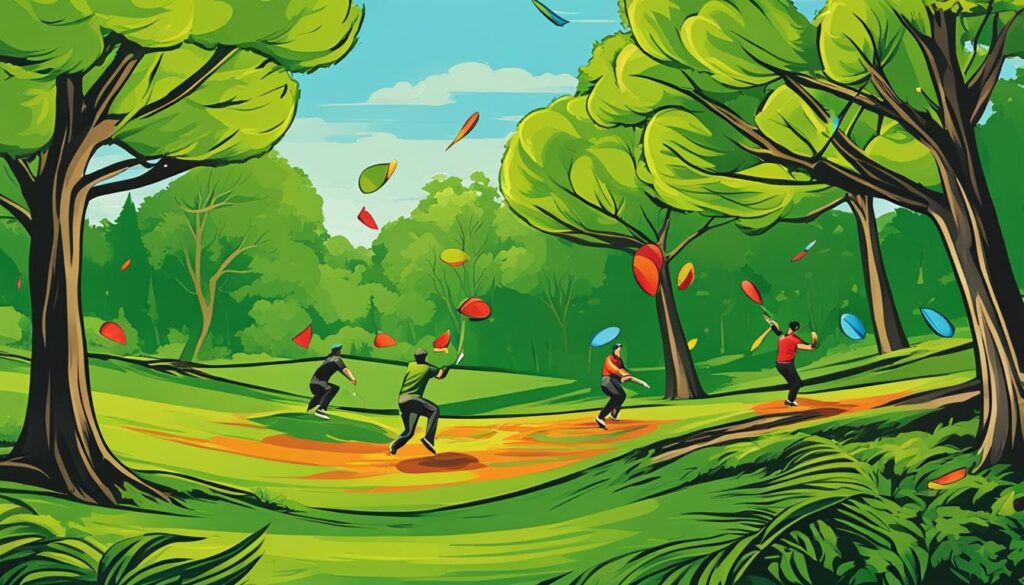
Conclusion
In conclusion, mastering the different types of disc golf throws is essential for improving your game and navigating the challenges of the course. Understanding the mechanics, techniques, and strategies behind each throw will elevate your skills and give you the confidence to approach each shot with precision.
Whether it’s the versatile backhand throw, the mechanics of the forehand throw, or the specialty shots like thumbers and tomahawks, there are various throwing styles that can be applied based on the situation. By practicing and perfecting each style, you can adapt your throws to any course condition or obstacle that comes your way.
Remember, becoming a skilled disc golfer takes diligence and dedication. So grab your discs, head out onto the course, and enjoy the journey of honing your disc golf throw expertise. With each practice session, you’ll gain valuable experience and improve your skills. Soon, you’ll be confidently executing the best disc golf throws and achieving the results you desire. Keep pushing yourself, and never stop exploring the possibilities that disc golf offers.
FAQ
What are the different types of disc golf throws?
There are several different types of disc golf throws, including the backhand, forehand, overhead shots like thumbers and tomahawks, specialty shots like scoober and turbo, and the precision of putting.
How do I improve my distance, accuracy, and control for each type of throw?
To improve your distance, accuracy, and control for each type of throw, it is important to focus on proper form, grip, and technique. Additionally, consistent practice and experimenting with different discs can help you find what works best for your throwing style.
What are the best disc golf throws for various situations?
The best disc golf throws for various situations depend on factors such as wind conditions, distance to the target, and obstacles on the course. The backhand throw is generally the most versatile and commonly used, but the forehand throw can be beneficial in certain situations, especially for right-handed players.
How can I adapt my throws based on course conditions and obstacles?
Adapting your throws to course conditions and obstacles requires a combination of strategy, skill, and experience. It is important to assess the situation and choose the throw that gives you the best chance of success, whether it’s navigating around trees or adjusting your aim to compensate for wind.
What are some tips for becoming a skilled disc golfer?
To become a skilled disc golfer, it is essential to practice regularly, study the techniques and strategies of experienced players, and seek feedback to continually improve your form and approach. Additionally, staying relaxed and mentally focused during your throws can greatly enhance your performance on the course.






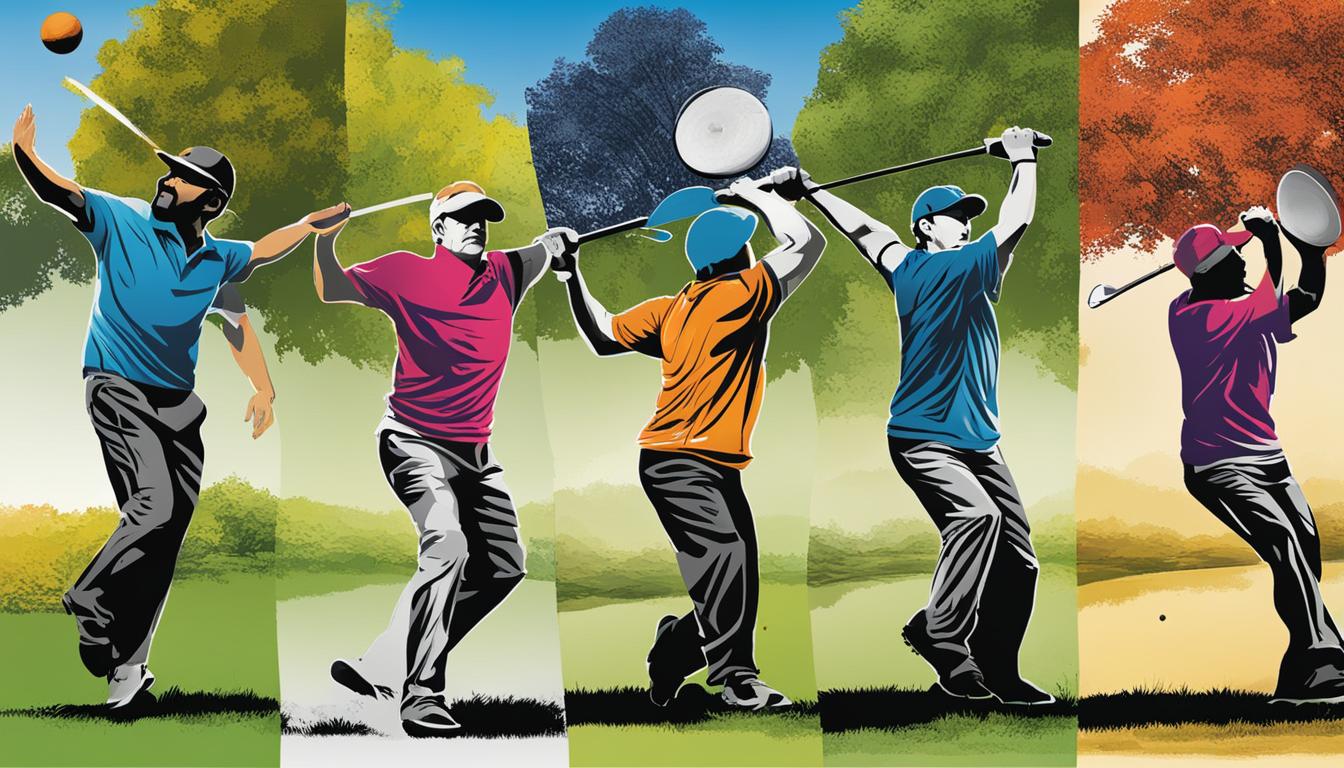
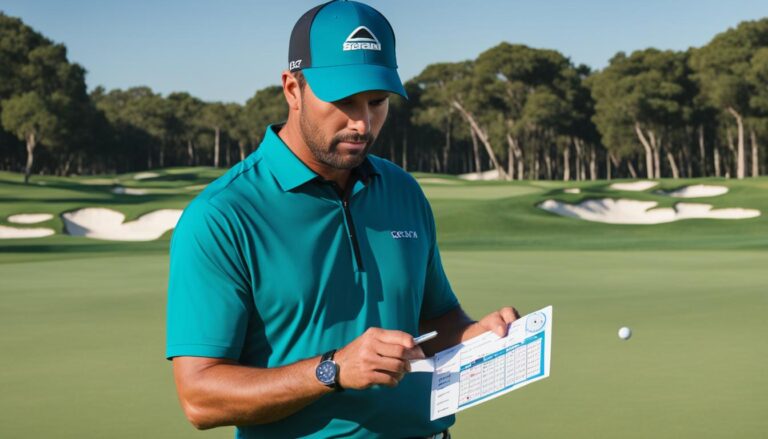



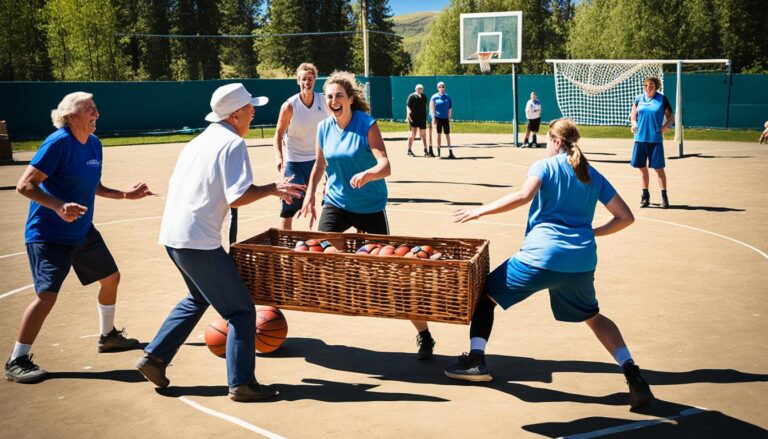

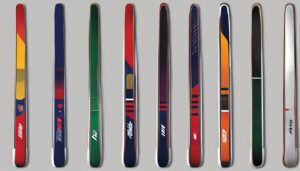
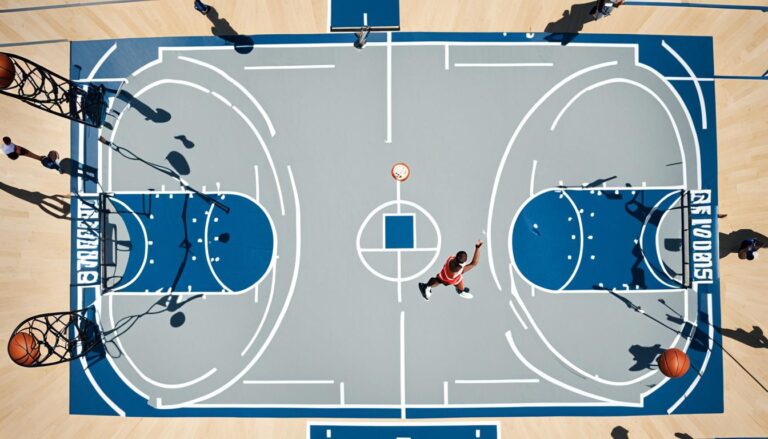
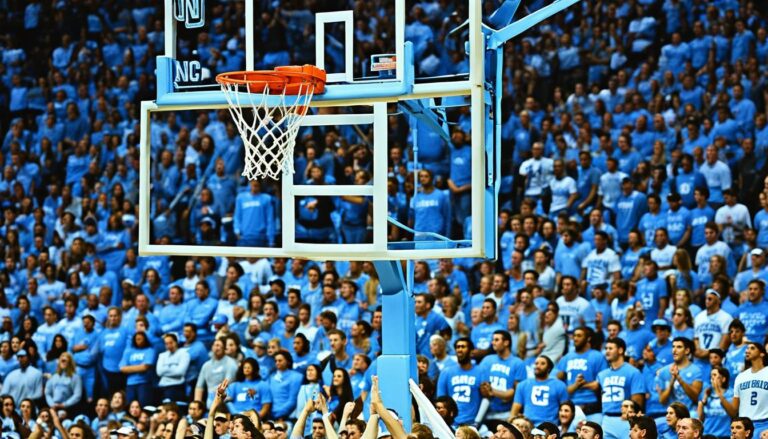

+ There are no comments
Add yours